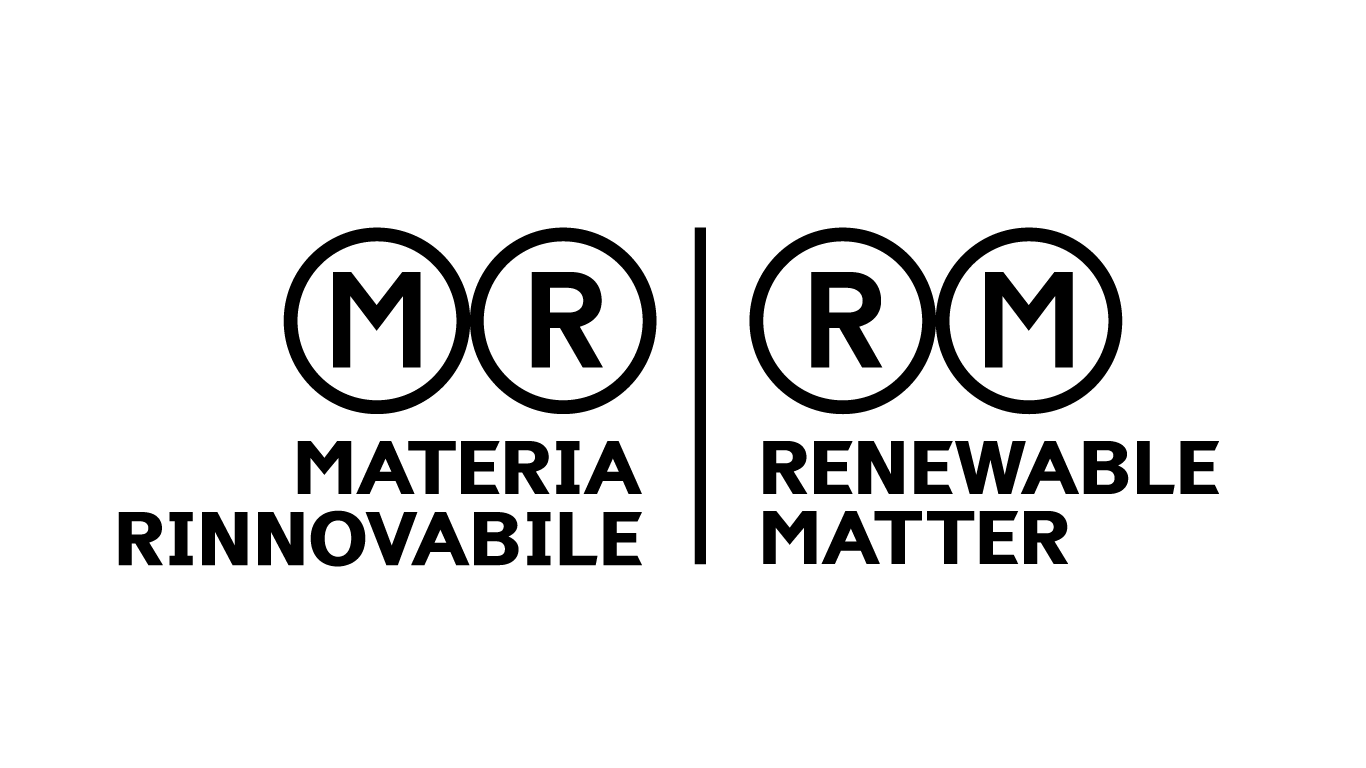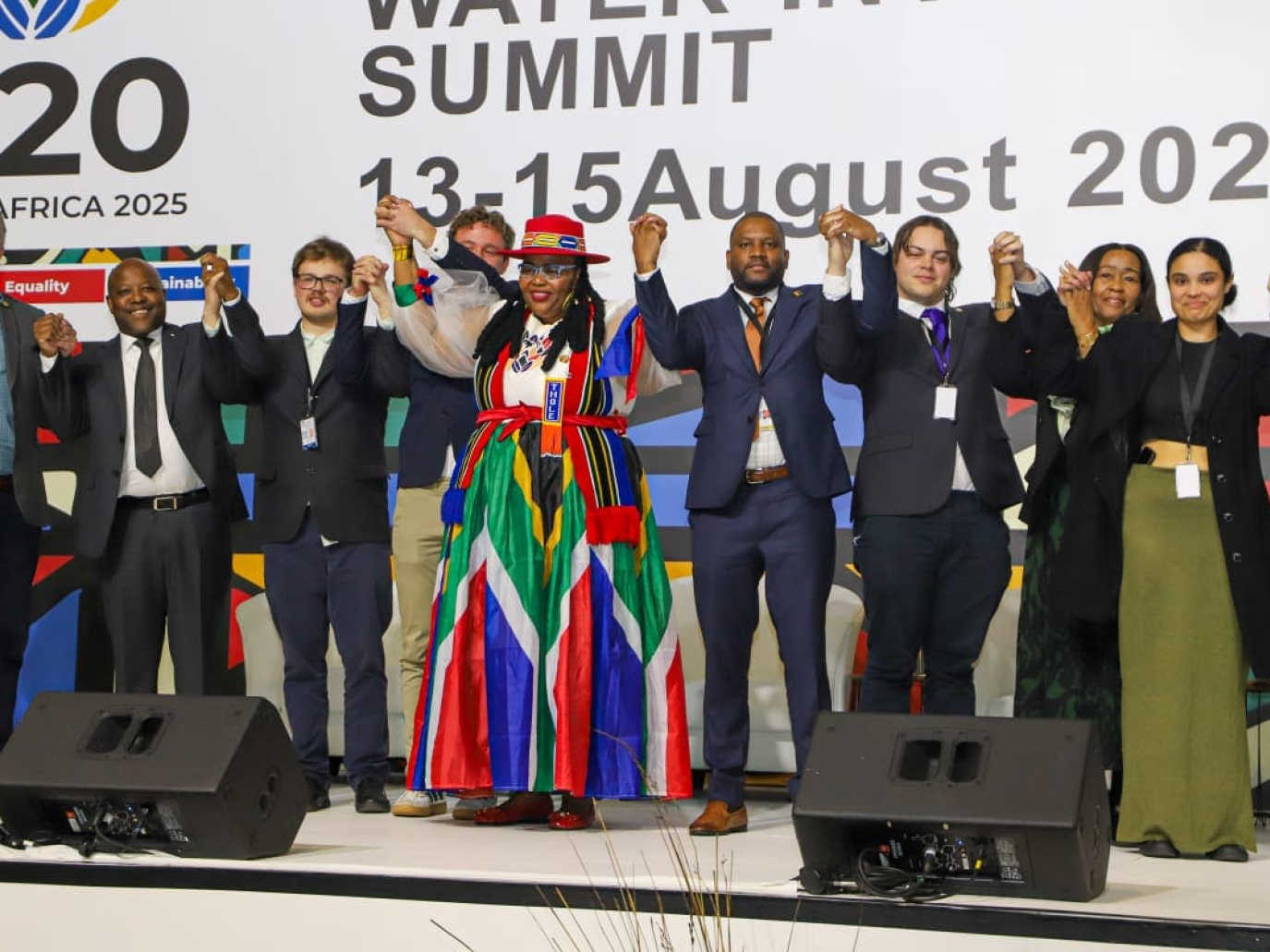
This article is also available in Italian / Questo articolo è disponibile anche in italiano
Seven years after coming close to “Day Zero”, when Cape Town risked running out of water, the South African city has once again returned to the world’s spotlight. This time, though, not because of a crisis, but for the future of the continent’s water resources. From the 13th to the 15th of August 2025, the city hosted the African Union–AIP Water Investment Summit 2025, which brought together more than 1,700 delegates, including 38 African ministers.
Central to the meeting was the Cape Town Declaration, a document that underscores a 30 billion dollar annual gap in the investments needed to guarantee safe water (SDG6) for millions of Africans, and which reaffirms the urgency of turning the water emergency into an opportunity for development.
“The estimated value of potential investments in the project pipeline presented at the summit is about 10 to 12 billion dollars in additional financing”, Alex Simalabwi, CEO of the Global Water Partnership (GWP) Organization, the summit's main technical partner, and Executive Secretary of the Africa Water Investment Programme (AIP), explains to Renewable Matter.
“This is a preliminary annual investment assessment, around 10 to 11 billion per year. This figure does not yet include pledges and commitments that will be compiled in the coming month. Many governments still need to verify the numbers at home before uploading them to the portal on the summit website. It shows that reaching 30 billion by 2030 is realistic, since this compilation is only as of today and there are still about five years to go. The funding is clearly available.”
Why unlock these resources?
The African Union–AIP Water Investment Summit took place under the first African presidency of the G20, which began in 2025 with South African President Cyril Ramaphosa taking the reins. He described the summit as “a landmark moment not only for Africa, but for the global movement for access to safe water for all. If we rise together, water can become not just a means of survival but a driver of economic transformation, innovation and peace”.
One reason above all was given by economist Mariana Mazzucato, special advisor to President Ramaphosa for the G20, in an editorial published in Project Syndicate a week before the start of the Cape Town Summit. “With young Africans set to constitute 42% of global youth by 2030, investing in water is tantamount to investing in the world’s future. The question isn’t whether we can afford to act, but whether we can afford not to”.
Citing AIP estimates, Mazzucato – who, among her various roles, serves as co-chair of the Global Commission on the Economics of Water – recalled that every dollar invested in water and sanitation systems resilient to climate change can generate a sevenfold return. At the same time, however, she warned that too often water investments repeat the same mistakes seen in climate and development finance: prioritising the reduction of risks for private capital without ensuring public benefit, funding projects lacking a clear strategy, and treating water as a technical issue rather than a systemic challenge.
Simalabwi also confirmed these challenges to Renewable Matter: “More than 194 investors and financiers attended the summit, and over 80 projects from different countries were presented. What emerges is that the resources exist, but the enabling environment in countries needs to be strengthened so that further financing can flow. There is significant capital ready, but governments must resolve the obstacles that discourage especially private sector participation. The business case is strong: there is a clear return on investment in water as a long-term infrastructure asset. This represents a huge opportunity for investment on the African continent”.
Finance and water ecosystems as assets
“The overarching message is that Africa is open for business in the water sector”, continues Simalabwi. “This must be a partnership with governments, which are called to address the concerns of investors and financiers. These include regulation, ensuring that rules are fair and transparent, and the tariff and revenue model. Tariffs need to reflect the real costs, while also allowing for a margin that guarantees returns for investors. This should not be complicated, especially considering the political commitment demonstrated at the summit by heads of state.”
Among the proposals that emerged during the Summit, Hubert Danso, CEO and Chairman of the Africa Investor (AI) Group, suggested classifying water ecosystems as infrastructure, with regulated returns and protections, just like roads or energy grids.
“Design IIPPs with 3+ offtakers (utilities, agribusiness, insurers, cities) to diversify revenues, de-risk projects, and make them bankable for institutional capital”, Danso summarised on LinkedIn, adding that it is essential to “put water on the balance sheet — using IAS 37 & 38 to link ecosystem asset recognition to sovereign credit rating upgrades, reduce the cost of capital, and enable 20–30 year bond-like contracts. Lastly, we need tradable investment products — Water ETFs, Nature-Linked Bonds, Catchment Resilience Funds — aligned from day one with TNFD, ISSB, EU Taxonomy to ensure global ESG allocation compatibility.”
Groundwater, an untapped potential
According to AIP data, Africa’s population is expected to reach 1.6 billion by 2030, driving the need to increase food production by 50% and expand tenfold the water available for energy generation to support economic modernisation. To meet these demands, the continent must unlock its potential through innovative, cross-sector investment in water, while cutting inefficiencies. Despite vast reserves of groundwater, only 5% of irrigation currently relies on these resources, which could also be harnessed through solar-powered pumps.
According to a recent report by the Transnational Institute, experiences like the Siwa Oasis in Egypt show that using fossil water and solar energy together, even if it supports intensive farming, raises questions about sustainability, environmental justice, and the future of local communities. So, how can this contradiction be avoided?
“The key word is regulation”, continues Simalabwi. “Some countries, like Botswana or Namibia, have very few flowing rivers. The same applies to Somalia and much of the Sahel, where the primary resource is groundwater, and for coastal areas, the ocean. In these cases, proper regulation of the sector is essential. Rules must be clear, and policies need to prevent over-extraction, which is the responsibility of governments. There are many examples worldwide of countries relying on groundwater, and some even on desalination. Saudi Arabia, which attended the conference, relies only on groundwater and the ocean. The United Arab Emirates also depends primarily on the ocean, tapping groundwater as needed, but both countries have developed desalination technology that is now much cheaper and widely available.”
The role of cooperation, including Italy’s Mattei Plan
Delegations from the United Arab Emirates, Saudi Arabia, Barbados, the Netherlands, the United Kingdom and Italy took part in the Cape Town Summit. “Most of the projects presented focus on two key themes,” Francesco Corvaro, Italy’s Special Envoy for Climate, told Renewable Matter. “The first is wastewater recovery, a huge issue for many countries. We are also working on this aspect in our Mattei Plan. Wastewater recovery has a dual purpose: it not only enables water to be reused, but also addresses health risks such as cholera. The second major theme is innovation and the use of new technologies, particularly for the detection and exploitation of deep aquifers. I was invited to speak precisely on this point, discussing the impact of new technologies, starting with artificial intelligence, in the search for and use of this resource.”
Among the projects presented were those included in the Mattei Plan for Africa, such as the Tanit Project in Tunisia, focused on restoring a large reservoir for water storage, and the Lake Boye Restoration and Jimma Urban Regeneration projects in Ethiopia.
“There is also a third initiative, in Congo, which concerns wastewater management in the capital Brazzaville, again to recover water and reduce the risk of infections linked to poor waste management,” Corvaro added, noting that “Saudi Arabia will be one of the key players in the water sector in the coming years, alongside Italy, which next October will host the first International Mediterranean Forum, extended to European countries. We are working with the Saudis to ensure this forum also serves as a launchpad for their World Water Forum in 2026.”
What will happen now? The steps towards and beyond COP30
As for the next steps of the Cape Town Summit, the intention is to “follow up by working with the government of South Africa on a regular basis, ideally annually, to bring countries and project pipelines together here in Cape Town”, Simalabwi wrapped up. “The goal is to continue monitoring progress: what has happened with the 80 projects presented this time, whether there are new projects, and what governments are doing to address issues that could facilitate financing.”
The agreed follow-up also aims to promote the adoption of the Cape Town Declaration in various forums. “The first is the Africa Finance Summit, to be hosted in Angola in October by the President of Angola, who is also the Chairperson of the African Union. Following that, there is the African Climate Summit in Addis Ababa, Ethiopia, aimed at ensuring the declaration is recognized there as well. Next is the G20 leaders’ meeting in November in South Africa, where the hope is that the South African government and the EU will continue to ensure the declaration is acknowledged. Additional follow-up steps include COP in Brazil.”
Cover: photo by Joint Secretariat of the AU-AIP Water Investment Summit via Flickr



